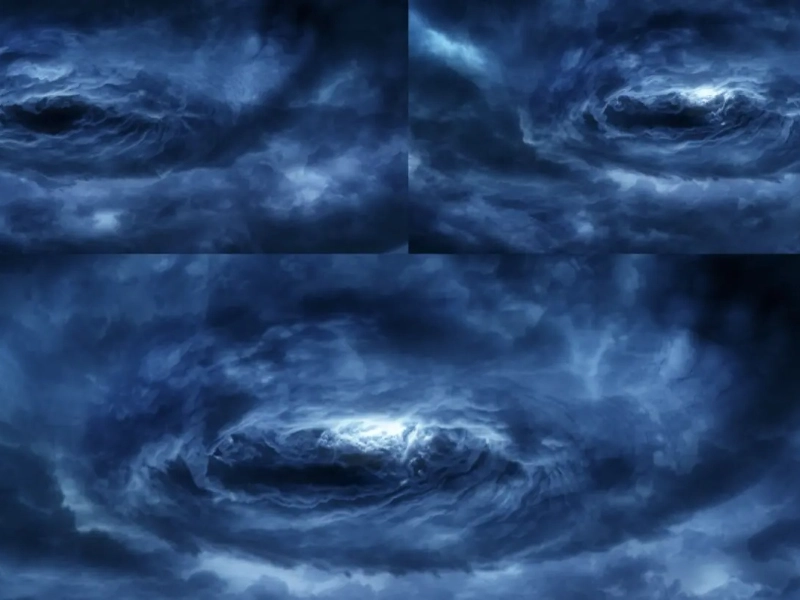Vortex Clouds: The Mysterious Whirlwinds in the Sky
Captivating atmospheric events reminiscent of whirlpools in the sky called vortex clouds. Usually connected with stormy weather conditions, these unusual shapes might show up quickly. Providing a better knowledge of their beauty and complexity, this paper investigates the features, formation, varieties, and relevance of vortex clouds.
1. What Are Vortex Clouds?

Unique cloud forms distinguished by spiral or whirling features are vortex clouds. Seen as revolving columns of cloud, they give the impression of a whirlpool hung in the atmosphere. These clouds range in scale from little, localised forms to large systems spanning several km. Usually developed under particular meteorological conditions, such thunderstorms or strong winds, vortex clouds
Vortex clouds' look can be breathtaking as well as sinister. Their whirling motions can point to atmospheric instability, which might cause extreme storms. These clouds are especially important to meteorologists since they indicate the possibility for tornadoes or other catastrophic storms. Predicting weather and guaranteeing public safety depend on an awareness of vortex clouds.
Basically, vortex clouds are not only aesthetically arresting but also quite important for meteorology. They can give important weather-related information and act as markers of atmospheric dynamics. Their special qualities draw attention from both scientists and outdoor enthusiasts equally.
Furthermore classifiable depending on their particular forms and the environment in which they arise are vortex clouds. Among the most remarkable forms are waterspouts, tornadoes, and funnel clouds. Every one of these forms has unique traits and actions that add to the general fascination with vortex clouds.
All things considered, vortex clouds are amazing and complicated weather events that enthral both experts and laypeople. Their whirling forms and dynamic behaviour offer understanding of the dynamics of the atmosphere and the factors causing strong storms. Studying these clouds helps us to better grasp meteorological processes and improve our capacity to forecast and react to severe storms.
Advertisement
You May Like









